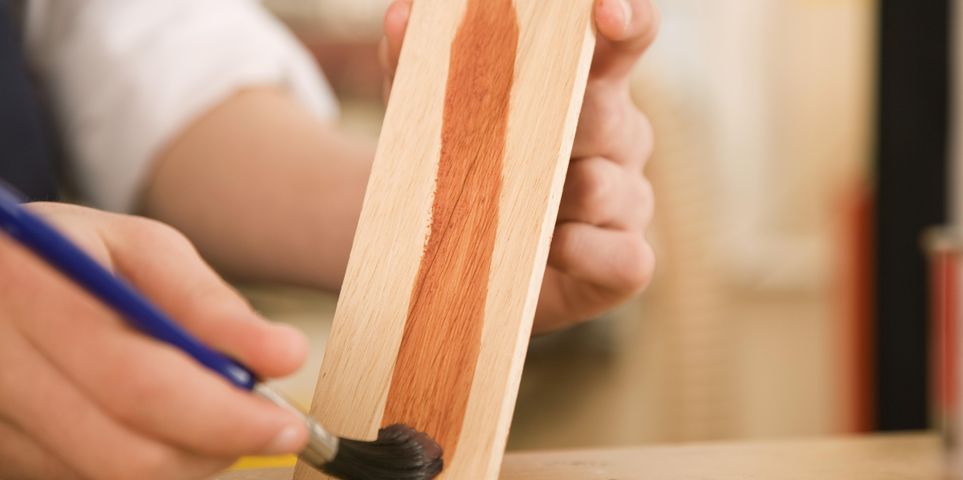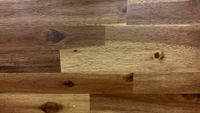How to Stain Wood: A Step-by-Step Guide From Cincinnati’s Lumber Pros

If you’ve ever tried to stain lumber for decks, porches, or furniture, you know it’s not the easiest job to get right. As the team at Huber Lumber in Cincinnati, Ohio, knows all too well, stain splotches and pooling can be a huge source of frustration. Luckily, there are a couple of practices that’ll help ensure the results are flawless.
How To Stain Wood
Determine The Hardness Rating
It’s important to determine the kind of wood you have, because this will influence your approach to staining. Softer woods, such as cedars or other pines, will require extra preparations, like using a specialized conditioner. Hardwoods like oak don’t usually require this. If you’re not sure if your lumber is hard or soft, look up the species’ Janka hardness rating.
 Use The Right Stain
Use The Right Stain
Some stains work better on cabinets or doors, and others are best reserved for furniture. Always check the manufacturer’s label, and it’s a good idea to ask an expert which stain is best suited for your project. Of course, you need to consider the color of your stain too—whether you want to create a stark contrast with dark floors or brighten up a smaller room with sand-colored tones, you should consider the color of your natural wood first. If your wood has reddish undertones, this will likely be present even after staining.
Prep Your Wood & Stain
Regardless of the type of wood or stain, you should lightly sand the surface. Creating a slightly abrasive texture makes it easier for the finish to stick to the lumber. When you’re ready to start staining, you need to also fully mix up the solution and use either a rag, thistle brush, or foam brush. If you can, test a small, inconspicuous section of the wood to see what the stain will look like.
Apply Multiple Coats
Hard woods will typically require multiple coats, especially if you’re going for a deeper color. Just like with painting, you should try to create even, consistent strokes, and brush in the same direction of the wood grain. You may need to wring out your sponge or brush frequently to avoid dripping.
 Remove Excess Stain
Remove Excess Stain
Once you’re finished, wait about five to ten minutes and then wipe away excess stain in the direction of the grain using a dry, clean cloth. Generally, the longer a stain is on the wood, the richer the color will turn out.
Let Your Wood Dry
The dry time varies between products, so read the label to determine how long you should wait. Check to make sure the wood is completely dry (if it feels tacky, wait longer), and then you can apply a protective polyurethane finish.
While it takes some care, staining wood is the kind of job that the DIY enthusiast can handle on their own. If you’re in the Cincinnati area, the team at Huber Lumber offers the expertise and supplies you’ll need. Stop by their store on Monroe Avenue to pick up lumber and wood stain, or call (513) 731-4035 if you have any questions about your project.
About the Business
Have a question? Ask the experts!
Send your question

